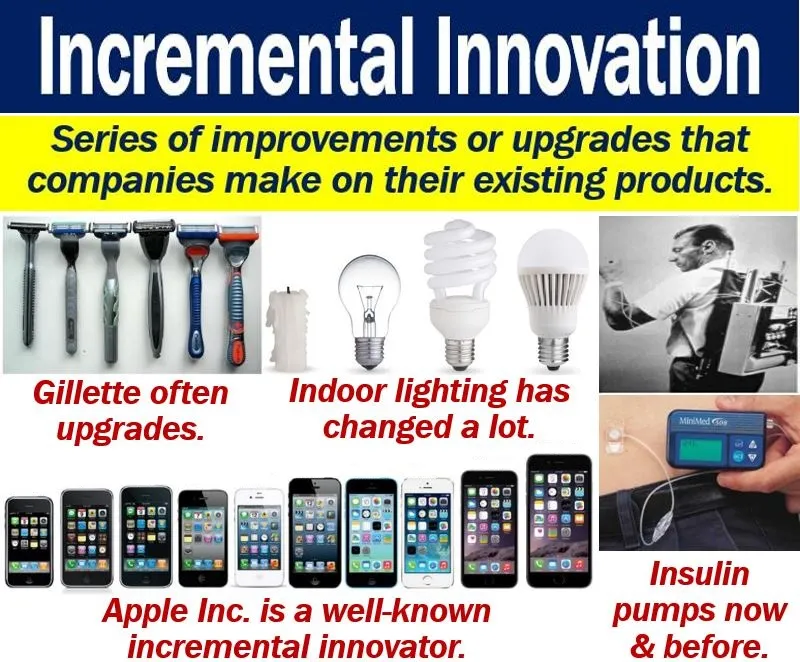Last updated on March 28th, 2024 at 04:54 pm
Many people are under the false assumption that companies are either innovative or not, which is remarkable. This perspective is polarizing and simplistic and does not take into account the different types of innovations that companies can and do pursue.
There are four types of innovation: those that come from technology, those that come from the market, those that come from a combination of technology and the market, and those that come from neither technology nor the market.
1. Architectural Innovation
Applying the lessons, skills, and technology from one market to another is what architectural innovation is all about.
As long as the new market is receptive, this innovation is amazing at increasing new customers. The risk involved in architectural innovation is usually low because designers rely on and reintroduce proven technology.
It usually needs to be adjusted to fit the requirements of the new market.
NASA’s Ames Research Center attempted to improve the safety of aircraft cushions in 1966.
Creating a new type of foam that reacts to pressure but magically forms back to its original shape is how they succeeded.
It was originally marketed as medical equipment table pads and sports equipment, before having larger success as a mattress. Architectural innovation includes “slow spring back foam” technology. Memory foam is commonly known as a type of mattress.
2. Radical innovation
Innovation is mostly thought of in terms of radical innovation.
It involves creating revolutionary technology that gives birth to new industries or swallows existing ones.
Although it was not the first mode of transportation, the airplane was revolutionary as it allowed commercialized air travel to develop and prosper.
3. Disruptive Innovation
Applying new technology or processes to your company’s current market is known as disruptive innovation, or stealth innovation. Since newer tech will often be inferior to existing market technology, it is stealthy in nature.
This newer technology is often more expensive, has fewer features, is harder to use, and is not as attractive.
The newer tech only surpasses the old and disrupts all existing companies after a few iterations. The established companies might not be able to quickly compete with the newer technology by then.
One of the more prominent examples of disruptive innovation is Apple’s iPhone disruption of the mobile phone market. Most popular phones prior to the iPhone relied on buttons, keypads or scroll wheels for user input.
Mostly iterated by Palm Treo phones and personal digital assistants (PDAs), the iPhone was the result of a technological movement that was years in making.
It is not the first mover who frequently ends up disrupting the existing market.
Apple had to create an amazing touch screen with a simple to use interface and provide access to a large number of built-in and third-party mobile applications to disrupt the mobile phone market.
4. Incremental Innovation
The most common form of innovation is incremental innovation. It uses your existing technology and increases value to the customer (features, design changes, etc.) Reach out to your existing market.
There is no need to reach out to your existing market. In one form or another, almost all companies engage in incremental innovation.
New features can be added to existing products or services, or even features can be removed (value through simplification). For example, even small updates to user experience can add value.
Incremental innovation focuses on marginal improvements to what already exists and doesn’t create new concepts or products. Adding new features, like extra blades, heated razors, and a pivoting head, Gillette constantly upgrades its razors.





